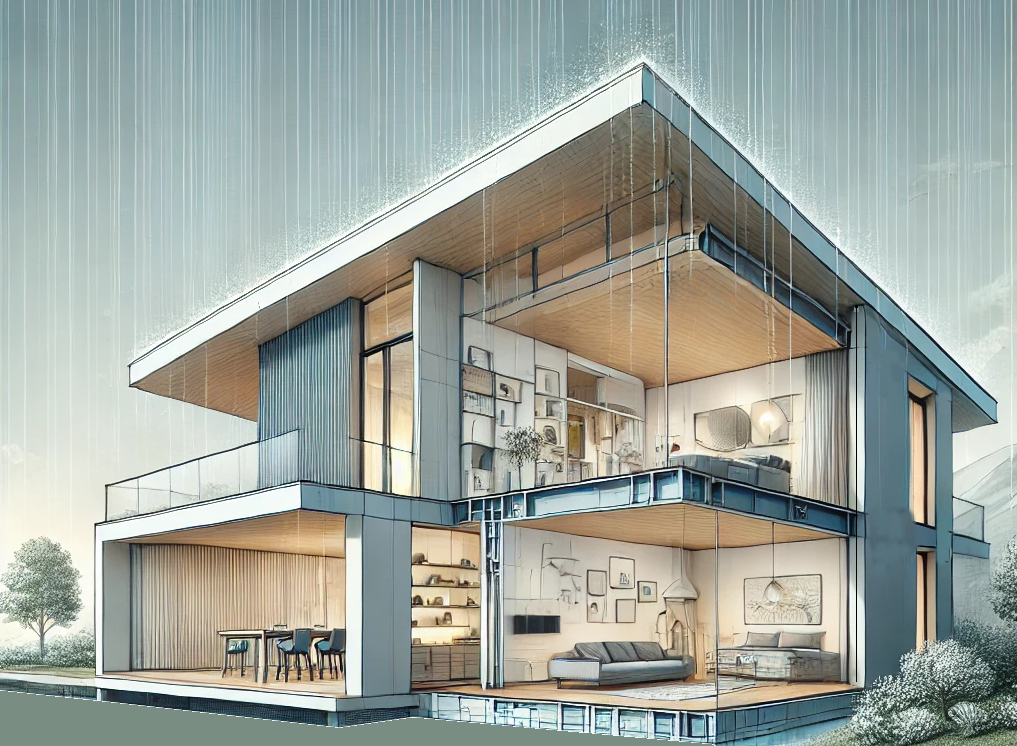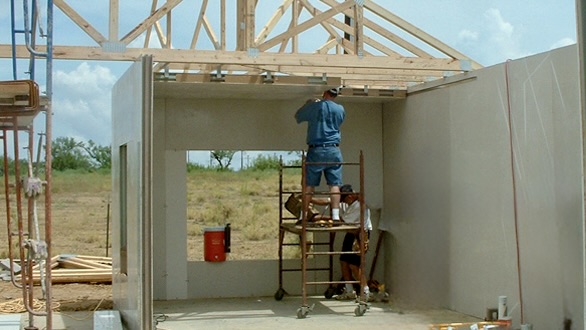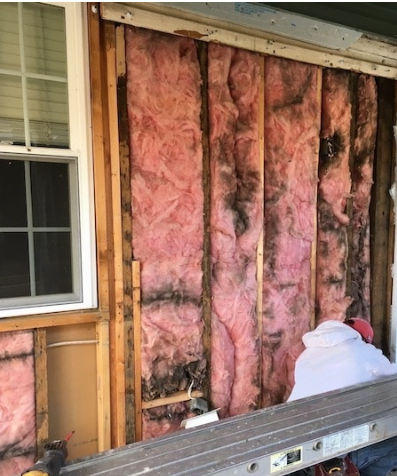Heating and Cooling Homes: The Hidden Driver of Global Energy Consumption
Heating and cooling our homes is something we rarely think about—until we’re too hot or too cold. Yet this simple comfort is a massive energy consumer, responsible for up to 40% of all global energy use in buildings. With growing concerns about energy efficiency, green house gases, and rising utility costs, understanding the energy impact of heating and cooling is more important than ever.
The Energy Challenge: Why Heating and Cooling Dominate Energy Use
Globally, heating and cooling account for a significant portion of residential energy consumption, with the numbers varying by region. In colder climates, heating is the dominant energy user, while cooling systems strain power grids in warmer regions. Some key reasons for this energy demand include:
1. Climate Extremes
- In regions with harsh winters or scorching summers, homes must work harder to maintain comfortable indoor temperatures. This leads to spikes in energy demand.
2. Inefficient Building Designs
- Older homes and traditional building methods often lack the insulation or airtightness required to prevent heat loss or gain.
- Air leaks in doors, windows, and poorly sealed walls allow conditioned air to escape, wasting energy.
3. Outdated Systems
- Many homes still rely on inefficient HVAC systems, like old furnaces or air conditioners, which use far more energy than modern, energy-efficient models.
Environmental Consequences: More Than Just a Utility Bill
Energy Use and Green House Gas Emissions
- Fossil fuels like natural gas, oil, and coal power most heating and cooling systems. This makes heating and cooling one of the largest contributors to green hous gas emissions globally.
- For example, in the U.S., buildings account for nearly 30% of greenhouse gas emissions, with a majority tied to heating and cooling.
Strain on Energy Grids
- Peak energy demand for cooling during summer heatwaves can overload power grids, increasing the likelihood of blackouts.
- This strain is expected to grow as global temperatures rise due to climate change.
Solutions: Reducing Energy Use for a Better Future
The good news? There are innovative ways to reduce heating and cooling energy consumption without sacrificing comfort.
1. Smart Technology
- Smart Thermostats: Devices like Nest and Ecobee allow homeowners to optimize heating and cooling schedules, learning your habits to reduce unnecessary energy use.
- Zoned Heating and Cooling: Focuses energy only where it’s needed, eliminating waste in unused rooms.
2. Energy-Efficient HVAC Systems
- Replacing outdated systems with high-efficiency heat pumps or geothermal systems can reduce energy consumption by 30-50%.
- Air handling units with recovery could save up to 80% of the energy.
- Renewable solutions like solar-powered heating systems can also provide significant savings.
3. Building Smarter with Better Materials
- Insulation: Materials like structural insulated panels (SIPs) or closed-cell foam can drastically reduce heat loss and improve R-values (thermal resistance).
- Airtight Construction: Properly sealing walls, windows, and doors minimizes air leaks. A structure with SIP’s is airtight.
- Thermal Mass Design: Using materials like concrete or brick that store and slowly release heat can maintain stable indoor temperatures.
4. Passive Heating and Cooling
- Designing homes to take advantage of natural ventilation, solar heat gain, and shade can significantly reduce energy needs.
- Planting trees or installing shading devices can keep homes cooler in summer without overusing air conditioning.
The Global Opportunity: Lower Energy Use, Greater Impact
Reducing energy consumption in heating and cooling isn’t just about saving money—it’s a global opportunity to reduce green house gases. If every home adopted energy-efficient systems and better building designs, we could:
- Significantly reduce the demand for fossil fuels.
- Lower greenhouse gas emissions, helping to achieve net-zero targets.
- Reduce energy costs for millions of households worldwide.
What Can You Do?
If you’re building or renovating a home, consider these energy-saving strategies:
- Invest in modern insulation materials with high R-values to keep conditioned air where it belongs.
- Upgrade to a smart HVAC system with energy recovery to optimize energy use year-round.
- Seal up gaps and cracks in your home to prevent air leakage.
- Explore renewable heating and cooling options, such as geothermal systems or solar water heating.
Conclusion: A Comfortable, Efficient Future
Heating and cooling our homes doesn’t have to come at such a high environmental and financial cost. By understanding how energy is used and embracing energy-efficient solutions, we can create homes that are comfortable, cost-effective, and sustainable for generations to come.



